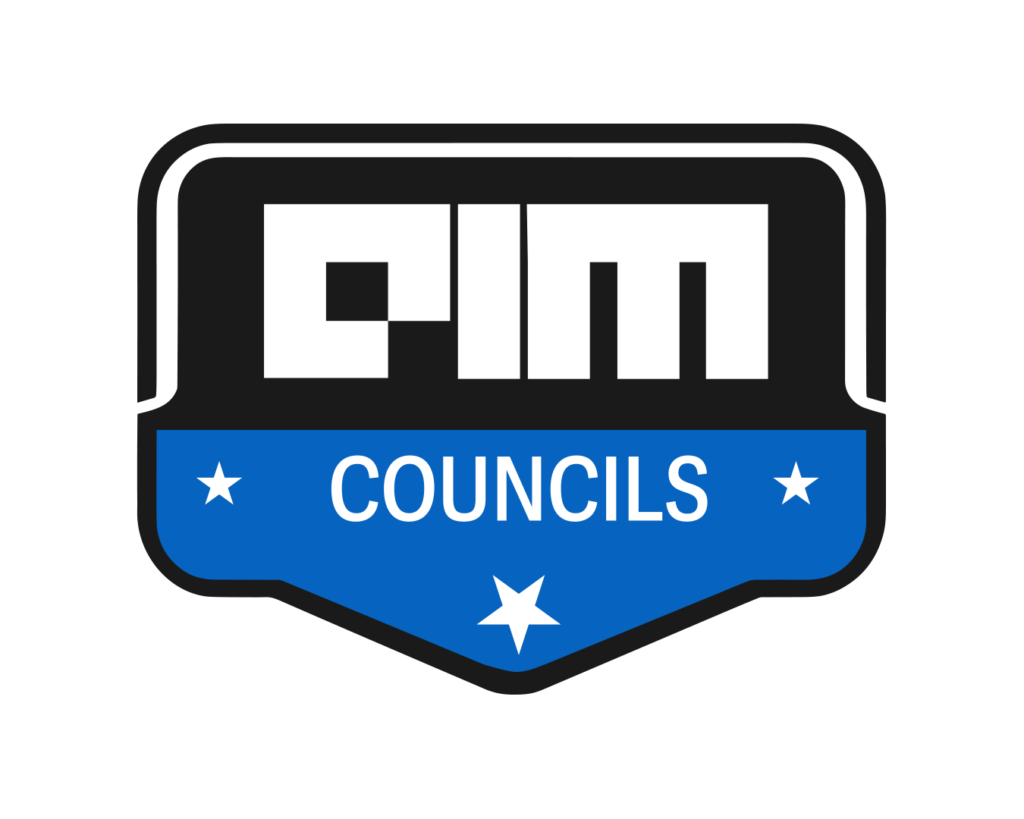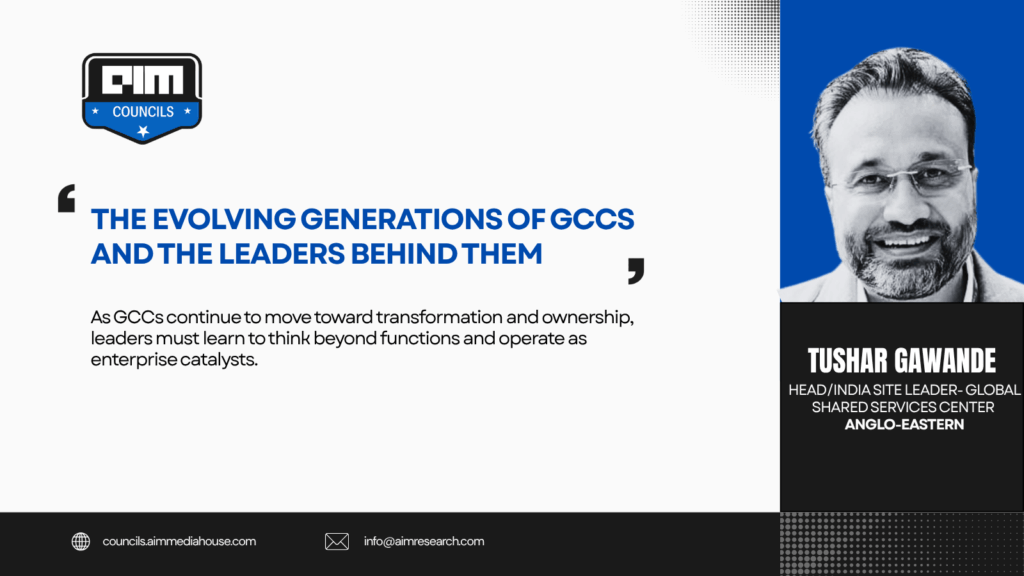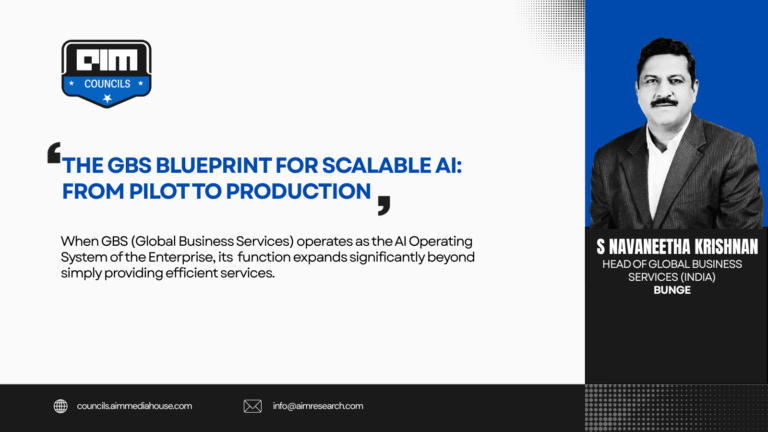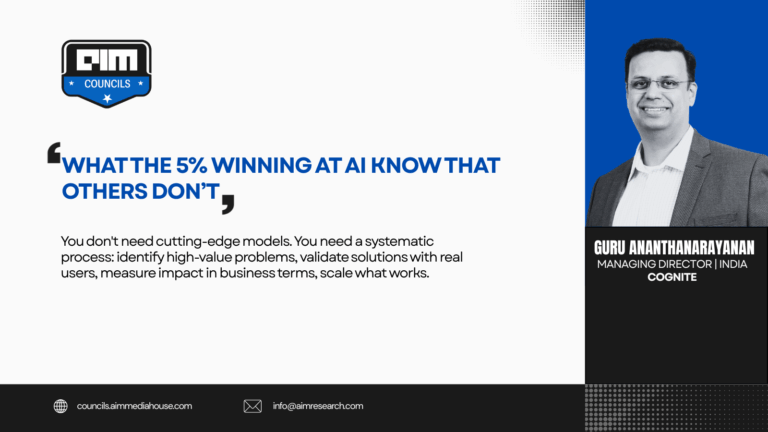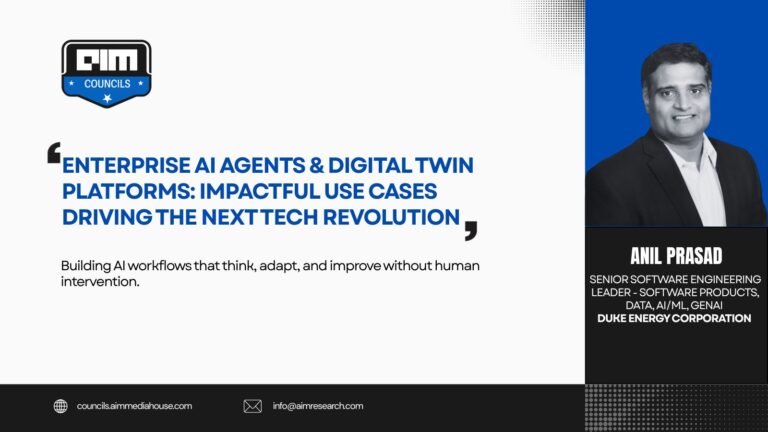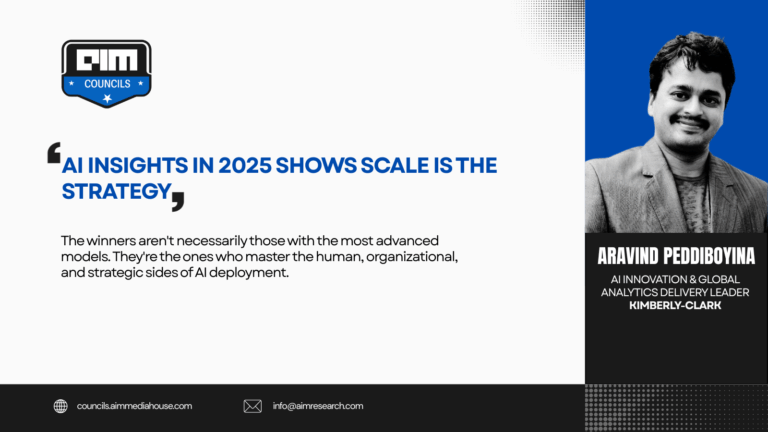The mandate of the modern Global Capability Center (GCC) has fundamentally shifted from pure cost arbitrage and transactional lift-and-shift (Gen 1) to transformation and strategic value creation (Gen 3). This evolution creates a critical dissonance in leadership expectations. While historically, deep domain expertise was the entry ticket for GCC leaders to ensure execution parity, it is now an insufficient, and sometimes limiting, competency. The core challenge for global enterprises is finding or developing leaders who possess the strategic foresight and enterprise-wide vision necessary to transition the GCC from a back-office service center to a front-line co-creator of business value, aligning local innovation with the global P&L. This article explores how GCCs have evolved across three generations, how leadership expectations have shifted, and why the next phase of growth demands a new kind of GCC leader.
The Critical Leap: From Functional Depth to Operational Leverage (Gen 1 & 2)
The journey began with the GCC Gen 1 leader, whose primary mandate was cost arbitration and seamless process execution. The focus was internal, on “doing the function well,” demanding a high degree of domain expertise to ensure process parity. However, as the GCC matured into Gen 2, it was asked to deliver value and scale. This is where domain depth gave way to the need for organizational leverage. The leader’s skill shifted to scaling existing functions rapidly and strategically integrating complex new services (e.g., standing up a cross-functional CoE). The ground reality is that many centers got stuck here, struggling with “air traffic control” managing conflicting demand from global stakeholders without a unified strategy. This limited true continuous improvement (CI) and value capture, proving that pure domain knowledge, while important for assurance, was no longer the primary driver of growth or efficiency. This era shaped a generation of strong execution-driven managers. However, their scope was narrow focusing on “doing things right” rather than “doing the right things
The Gen 3 Mandate: Strategic Foresight and Enterprise Ownership
Today’s GCC Gen 3 operates under a new imperative: leading global digital and business transformation. The leader is no longer a service provider; they are a co-owner of enterprise-level outcomes. This requires a non-negotiable shift toward strategic foresight and enterprise leadership. Their role is not to be the deepest functional expert, but to connect local innovations, whether it’s a process improvement or an AI pilot, directly to the global P&L impact. The most significant upcoming challenge is “Innovation Islanding,” where great local ideas fail to scale. To address this, the leader must possess the C-suite influence to mandate global adoption and shift the conversation from cost-saving to investment returns. Success is measured not by cost per FTE, but by the ability to achieve non-linear productivity gains and accelerate business model change. This requires a progressive, outward-looking strategic leadership functional expertise alone cannot deliver. The best GCC heads operate like mini-CEOs now, balancing cost efficiency with innovation, nurturing talent for global roles, and ensuring the GCC becomes a value generator, not just a delivery unit.
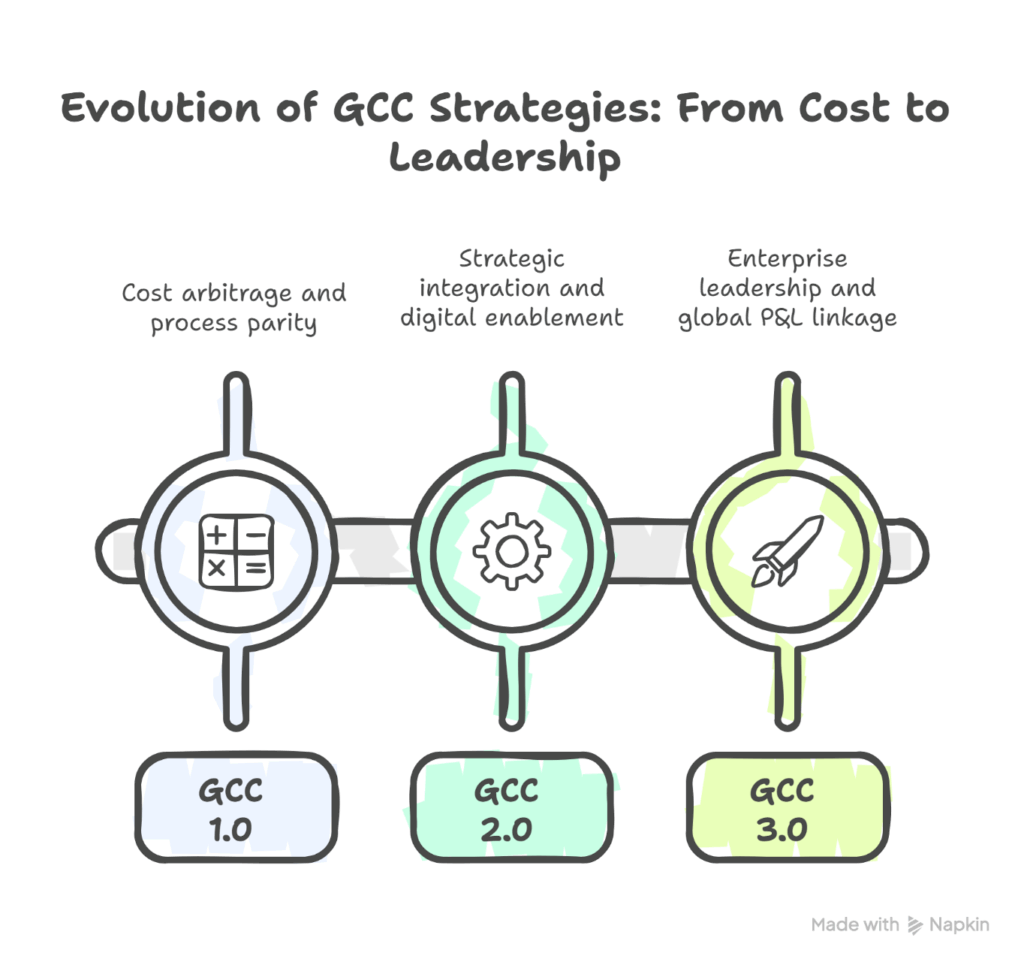
My own leadership journey reflects the very evolution of GCCs. I began in what I call the GCC 1.0 phase, managing a functional team covering both business operations and IT delivery for one global office. The focus then was on execution excellence, ensuring process stability, domain rigor, and cost optimization. The mandate was clear: deliver with consistency and earn trust.
As that pilot proved successful, the expectations changed. I entered what I now recognize as GCC 2.0, where success was no longer measured by efficiency alone but by the ability to scale impact and tell the value story. I started engaging with global stakeholders, packaging the early wins, presenting them across other regions, and building confidence to bring more diverse, high-value work into the GCC. It was less about managing a process and more about selling a vision internally. I had to wear the hat of a strategic connector, bridging execution credibility with enterprise ambition.
Today, I’m firmly in the GCC 3.0 space, where the mandate is to lead transformation. My focus has shifted from scaling operations to scaling intelligence, driving Generative AI initiatives that directly enable global operations and improve business outcomes such as efficiency, turnaround time, and customer experience. The expectation now is not just to support the enterprise, but to shape its future-readiness. Each stage demanded a conscious evolution in my leadership, from domain mastery to strategic influence to transformation ownership. What made this journey possible was an awareness of the GCC’s maturity curve and a willingness to adapt my leadership mindset in sync with it. That adaptability remains, in my view, the defining capability for any modern GCC leader.
The journey from GCC Gen 1 to Gen 3 reflects more than just operational maturity; it’s a story of leadership evolution. As GCCs continue to move toward transformation and ownership, leaders must learn to think beyond functions and operate as enterprise catalysts. The final mandate is clear: Stop justifying the GCC’s existence through cost percentages. Instead, articulate the “why” position your center as the most trusted and efficient engine for accelerating the company’s global digital agenda. The leader must transition from managing transactions to cultivating transformational influence. The next frontier, GCC 4.0, will demand integration of sustainability, ecosystem collaboration, and AI-driven decision-making. The question for every GCC leader now is not “how efficiently we deliver,” but “how strategically we transform.
